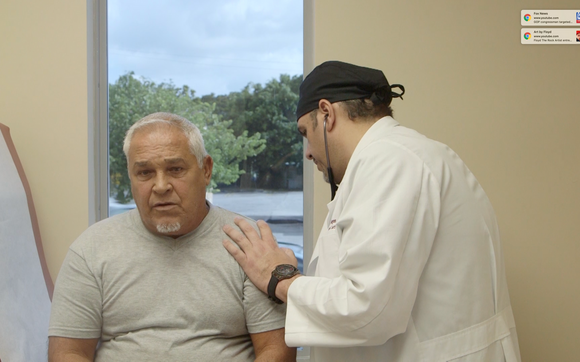Cardiac catheterization (cardiac cath or heart
cath) is a procedure to examine how well your heart is working. A thin,
hollow tube called a catheter is inserted into a large blood vessel that
leads to your heart. View an illustration of cardiac catheterization.
Quick facts
- Cardiac cath is performed to find out if you have disease of the heart muscle, valves or coronary (heart) arteries.
- During the procedure, the pressure and blood flow in your heart can be measured.
- Coronary
angiography is done during cardiac catheterization. A contrast dye
visible in X-rays is injected through the catheter. X-ray images show
the dye as it flows through the heart arteries. This shows where
arteries are blocked.
- The chances that problems will develop during cardiac cath are low.
Why do people have cardiac catheterization?
A cardiac cath provides information on how
well your heart works, identifies problems and allows for procedures to
open blocked arteries. For example, during cardiac cath your doctor may:
- Take X-rays
using contrast dye injected through the catheter to look for narrowed or
blocked coronary arteries. This is called coronary angiography or
coronary arteriography.
- Perform a
percutaneous coronary intervention (PCI) such as coronary angioplasty
with stenting to open up narrowed or blocked segments of a coronary
artery.
- Check the pressure in the four chambers of your heart.
- Take samples of blood to measure the oxygen content in the four chambers of your heart.
- Evaluate the ability of the pumping chambers to contract.
- Look for defects in the valves or chambers of your heart.
- Remove a small piece of heart tissue to examine under a microscope (biopsy).

